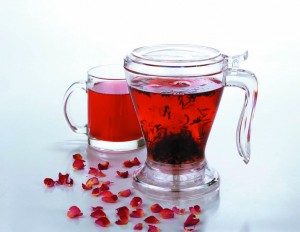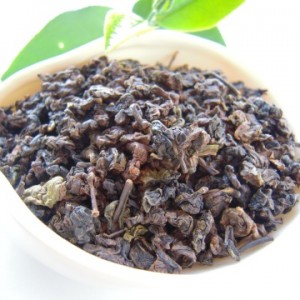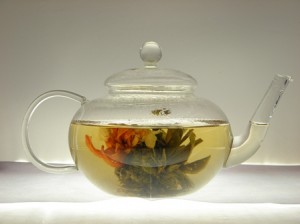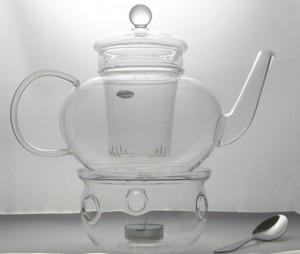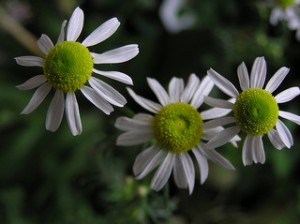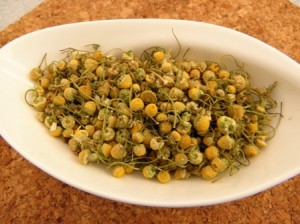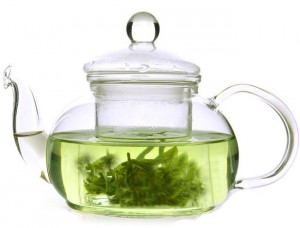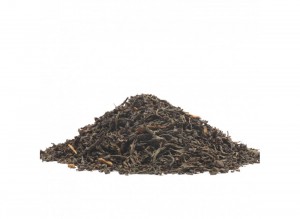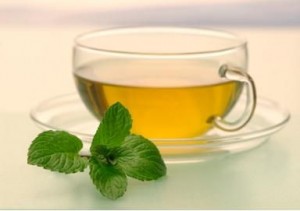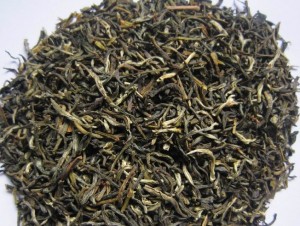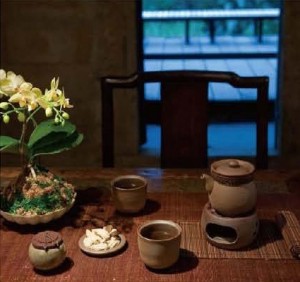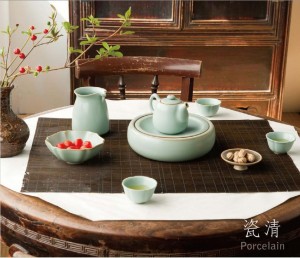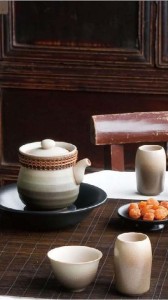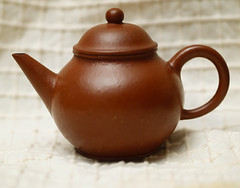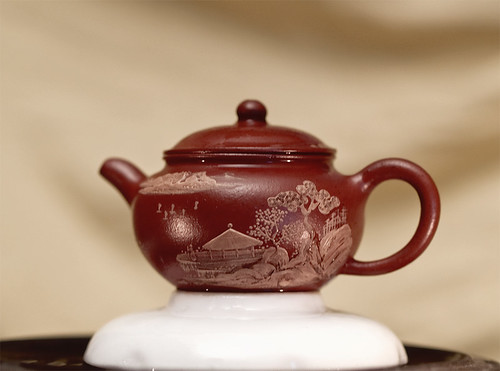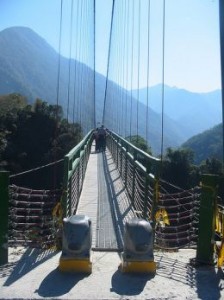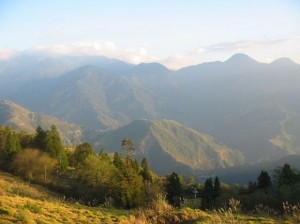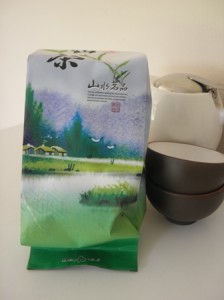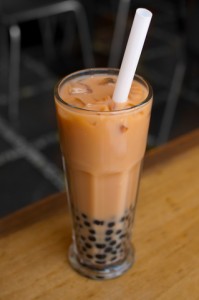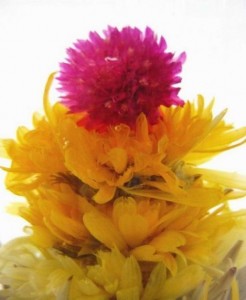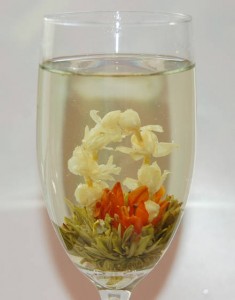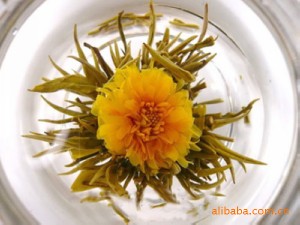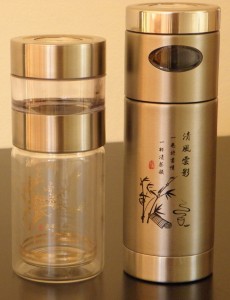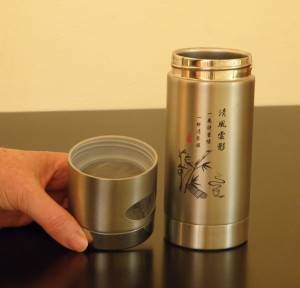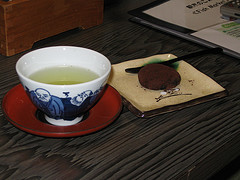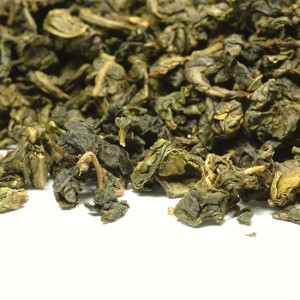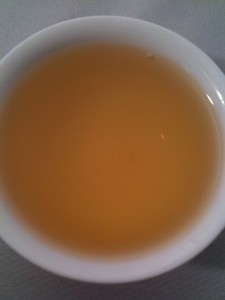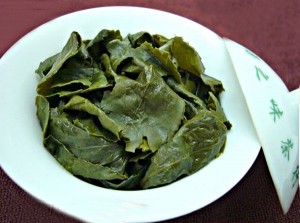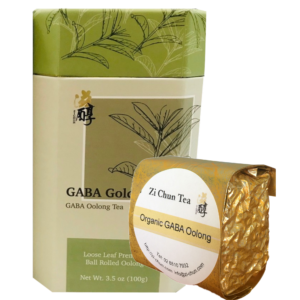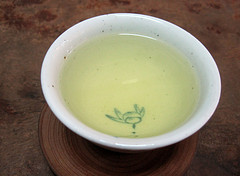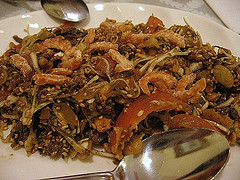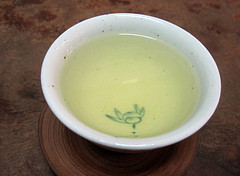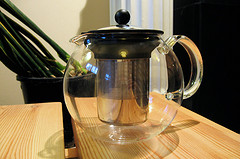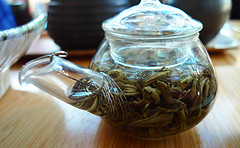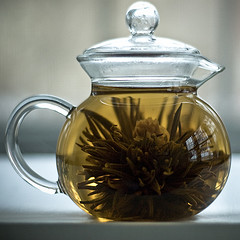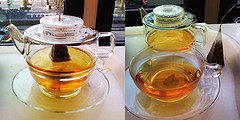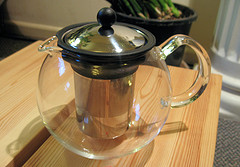
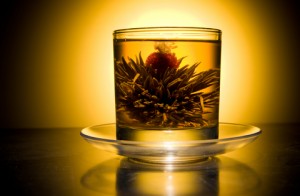 Are you looking for a novel idea for a bridal or baby shower? Or are you part of a group who meet together regularly and occasionally share social occasions together? One idea that is quickly gaining popularity is that of including tea tasting at your social event or party.
Are you looking for a novel idea for a bridal or baby shower? Or are you part of a group who meet together regularly and occasionally share social occasions together? One idea that is quickly gaining popularity is that of including tea tasting at your social event or party.
Tea Tasting?
Wondering what tea tasting is? After all, don’t all black teas taste pretty much the same? Do green teas actually taste different from oolong teas? (By the way, what is oolong tea?) When thinking of tea tasting, think in terms of wine tasting as it’s a very similar experience.
There is definitely a difference in taste between black, oolong, green and white teas. Learn to tell the difference and become a tea expert. Learn to differentiate between different green teas or different oolong teas and become a tea connoisseur.
Perhaps you and your friends have heard about the benefits of drinking loose leaf teas such as green tea or oolong tea but don’t really know where to start when it comes to selecting the right tea for you. People definitely have personal preferences when it comes to the type of teas they enjoy (my favourite, for example, is oolong tea – High Mountain Oolongs, in fact!) Some people love the more earthy taste of green teas while others prefer the taste of oolong tea. If you are transitioning from drinking black tea, made from off the supermarket shelf teabags with added milk and sugar, there are teas that make the transition much easier.
Love the ease of preparing teas from teabags, but have heard that “real teas” can’t be enjoyed that way? Wrong, there are healthy and delicious options available.
Are you fascinated with the concept of switching to drinking loose leaf teas but don’t know where to begin? How long do you steep them? How do you make them? What is needed to prepare these teas?
All of these concepts, and more, can be explored and explained in a fun way during a tea tasting party. For specific details check out this page.
What Happens at a Tea Tasting Party?
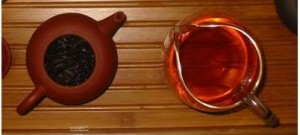 Usually, you need to set aside a minimum of one hour for the tea tasting of Chinese origin teas. To begin, a brief summary is given of the more common types of teas, how they are made and what makes each different from the other.
Usually, you need to set aside a minimum of one hour for the tea tasting of Chinese origin teas. To begin, a brief summary is given of the more common types of teas, how they are made and what makes each different from the other.
Then the tea tasting begins. Normally I like to provide six different types of teas (often two types of black tea, two types of green tea and two types of oolong tea – though this can be tailored to the audience participating in the tea tasting.) A tasting sheet or card is handed out to each participant. This card lists the tea name, where it is grown and a brief description of the tea. After sampling each tea, guests evaluate the tea using guidelines provided. Participants will be asked to describe the tea’s aroma, flavour, appearance, and texture. Don’t worry – copies of the tasting terms to use in the description are handed out along with the tasting sheet. If you want to use your own terms to describe the teas you are totally welcome to do so. (Hubby drinks a very old tea which has a musty, very earthy flavour. Not my favourite so I have termed it “mud tea”.)
Finally, I am also happy to devote some time to answering people’s questions about tea, how to prepare it, the health benefits, etc.
Free samples of your favourite tea are always provided to each guest as a thank-you for participating in the tea tasting! Simple tea-tasting games can also be added to the presentation.
Basically, at the end of the tea tasting session, everyone participating should have enough information to make an informed choice on what type of tea they would like to drink and how to prepare it – even if they knew nothing about loose leaf teas prior to the tea-tasting.
How Many Participants?
Ideally the number of people sampling tea should 10 – 15 (no more than 20 people, more than this and the tea tends to get cold before everyone is served J ) If you would like to provide tea tasting for groups larger than 20, please get in touch. Prices will vary for more than 20 participants as I may have to bring a helper along with me and more tea and other items will need to be provided.
More Alternatives
If you wish to spend more time on the theme of “tea”, there are optional activities that can be enjoyed. In fact, these are often enjoyed as much as the tea tasting. Here are some other ideas of what can be included as a part of your tea tasting party:
- Explanation of the utensils used for brewing loose leaf tea and examples of how to use them.
- Additional tasting of some of the more unusual loose leaf teas (yes, I can bring along some of hubby’s “mud tea” if you like J )
- Examples of loose leaf tea in tea bags.
- How to prepare iced teas.
- How you can take loose leaf teas to the office or anywhere, and prepare them ‘on the go’.
- What I Will Leave With You
- Everyone will receive a sample of their favourite tea.
- Fact sheets are provided that go over the benefits of tea and summarise how to make the different types of teas.
How Much Does it Cost?
 I charge a $100 per hour booking for the tea tasting plus $10 flat rate/person, with an additional charge ($25 – flat rate per party) for parties held on the weekend – providing the party is held within the Western Sydney Suburbs*. (Travelling Sydney takes time so additional costs may be incurred if I have to travel outside the areas listed below.) Payment is due on booking.
I charge a $100 per hour booking for the tea tasting plus $10 flat rate/person, with an additional charge ($25 – flat rate per party) for parties held on the weekend – providing the party is held within the Western Sydney Suburbs*. (Travelling Sydney takes time so additional costs may be incurred if I have to travel outside the areas listed below.) Payment is due on booking.
Any tea parties cancelled at short notice (within 7 days of the party) will generally not be refunded the booking fee, though all monies paid for additional items or services will be refunded in full. Cancellation fees ($20) are deducted from your full refund for any parties cancelled from 7 to 14 days of the party. No cancellation fees if you give me at least two weeks’ notice of your cancellation – that gives me enough time to schedule another booking.
Finally, there is a small fee per item consumed or left with the participants (not including the free sample giveaway) including a minimal cost for the teas used for sampling – a price list is provided when booking the party and you can choose the options you would like. For example, some hosts like to include small tea-oriented items in gift packs for their guests or buy items that are given as prizes.
For a basic one-hour tea tasting party within easy driving distance of my location, the average cost would be from $150-$200 depending on which day of the week the party is held. Naturally, if you choose additional teas to taste or items to give to your guests, the cost will be added to this standard fee.
Do It Yourself Tea Party Packs
If you would prefer to host the tea-tasting yourself, I also have prepared tea tasting party packs that come complete with instructions and a video on how to prepare the teas, the fact sheets for each of the teas, and tea pots, tea cups and other items needed for preparing the tea.
Contact Me
If you are interested in discussing this option, please contact me via my contact form or phone me at: 04 321 15563
Bookings are best made at least one month in advance if you wish to secure the day you would prefer. Weekends and evenings are usually fairly easy to accommodate, daytime bookings (before 4 p.m.) require a little extra juggling on my part—the more advance notice I have, the better. Week day evenings are charged at the regular rate, daytime or evening weekend bookings incur an additional $15/booking.
I will do my best to accommodate any special requests you have. Again, timing is important if you have special requests. More detailed explanation of what is presented is provided here.
* Standard fees in place for:
- Annangrove
- Baulkam Hills
- Beaumont Hills
- Bella Vista
- Box Hill
- Carlingford
- Castle Hill
- Cattai
- Dural
- Glenhaven
- Glenorie
- Kellyville
- Kenthurst
- Leets Vale
- Lower Portland
- Maraylya
- Maroota
- North Parramatta
- North Rocks
- Northmead
- Winston Hills
(Will also consider parties in the greater Parramatta area.)
For pricing on other Sydney suburbs, please contact me—prices will be adjusted only according to the time needed to travel to the location.
More details on tea tasting parties can be found here: Tea Tasting Party
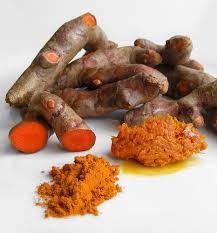
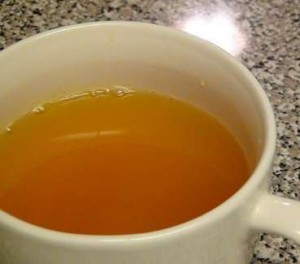 Read an article today online regarding the health benefits of turmeric and it reminded me of an article I once wrote about turmeric tea. I have been aware of turmeric tea for quite some time. It is very popular in certain parts of Japan where it is regularly brewed and served though it is a little difficult to find here in Australia, even online!
Read an article today online regarding the health benefits of turmeric and it reminded me of an article I once wrote about turmeric tea. I have been aware of turmeric tea for quite some time. It is very popular in certain parts of Japan where it is regularly brewed and served though it is a little difficult to find here in Australia, even online! As mentioned above, people from Okinawa, Japan have been apparently imbibing turmeric tea for centuries. While it is readily available in Japan, it can be difficult to find here (though there are quite a few capsules and supplements available.) Not to worry, you can actually make tea using the dried turmeric you buy from the spice section of the supermarket.
As mentioned above, people from Okinawa, Japan have been apparently imbibing turmeric tea for centuries. While it is readily available in Japan, it can be difficult to find here (though there are quite a few capsules and supplements available.) Not to worry, you can actually make tea using the dried turmeric you buy from the spice section of the supermarket. 
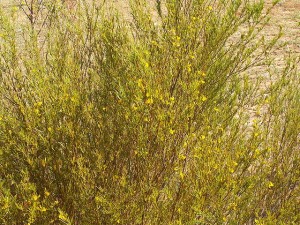


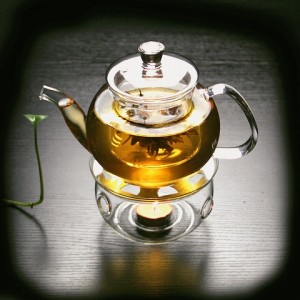
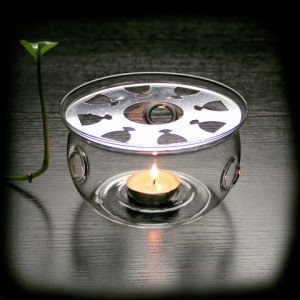
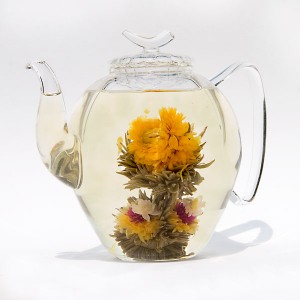
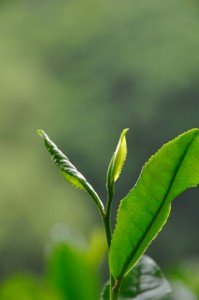 We are committed to providing our customers with fresh teas from China. Taiwan and India at affordable prices. We believe that the best teas are those that are fresh and newly harvested. In keeping with this belief, our teas are regularly imported according to demand and are shipped to customers as soon as possible.
We are committed to providing our customers with fresh teas from China. Taiwan and India at affordable prices. We believe that the best teas are those that are fresh and newly harvested. In keeping with this belief, our teas are regularly imported according to demand and are shipped to customers as soon as possible.
